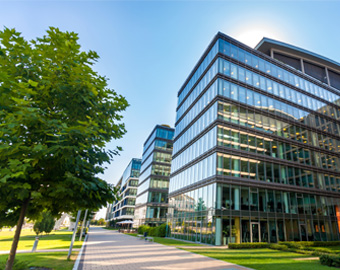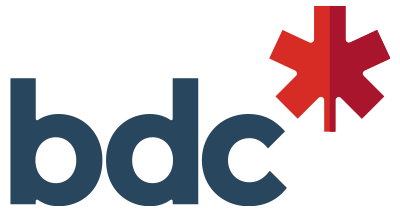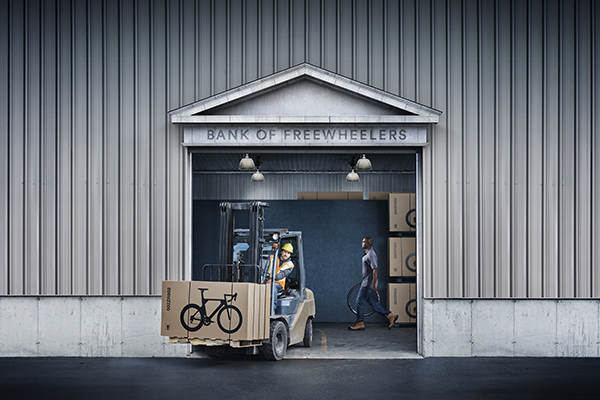Buying a Commercial Building: Understanding Total Cost of Ownership
By Shajitha Rajavickneswaran | January 23, 2017
Presented by BDC

There comes a stage in business growth where it makes sense to purchase a commercial building rather than leasing space.
That is an exciting moment, but for those new to the world of commercial real estate ownership, it can be difficult to get a sense of all the costs involved.
While it is impossible to provide hard costing examples, since the types and scale of buildings can vary substantially, this article will help you understand all of the costs involved in owning a building.
Overview
Owning and operating a commercial building have costs divided into three distinct stages:
-
pre-purchase costs
-
costs while you own and operate the building
-
end life costs
At each stage some costs are obvious while others are not. To help us understand the costs of owning a building we spoke with Jonathan Juffs, a building science professional with CCI Group Inc. who specializes in conducting reserve fund studies.
Here is a break-down of what costs you should expect to pay presented by stage.
Pre-purchase Costs
The first step is finding a building suitable to your needs. This step will involve the wages of all employees involved, inspection fees, environmental screenings, application fees, legal fees, property appraisal costs, and purchasing a zoning certificate.
Wage costs for all employees involved in the search for the property will be one of the first costs associated with the purchase of a commercial building.
Inspections are a key part of the purchasing process. The initial pre-purchase inspection helps determine if the building is in good condition, and what replacements will need to be done and when.
An environmental screening will need to be conducted where a title search is done. This will allow the purchaser to see the previous uses of the property, as well as discover neighbouring property uses.
If a mortgage is taken out, application fees and legal fees will be charged when applying to enter the process. A property appraisal will also need to be done to find out the market value of the property.
A zoning certificate will be needed to determine if a business is allowed to run in a particular area. To receive this, the respective municipality must be contacted to gain approval.
Owning & Operating the Building
After purchase, your costs will fall into three categories:
-
fixed costs,
-
variable costs, and
-
reserves
Fixed Costs
Fixed costs are charged regardless of how the business runs. They are paid consistently and cover areas including property tax, insurance, and the mortgage payments.
Property Taxes are dependent on multiple factors. Whether it’s paid to a national level, based on geographical location, determined by the municipality, or based on the property type itself, each situation is unique and charged accordingly. In Ontario, property tax can also be related to the Municipal Property Assessment Corporation (MPAC) evaluation.
Insurance on the property can be taken out to cover events such as fire, water, windstorms, theft and vandalism. Although various types of insurance cover different areas, many have overlapping components causing businesses to bundle products to ensure they are fully protected at a cost-effective rate.
Mortgages are often taken out in order to make the purchase more affordable. If purchased, frequent payments will need to be made to pay off the mortgage principal as well as the interest fees.
Variable Costs
The variable costs are divided into two categories:
-
operating costs, and
-
compliance costs
Operating Costs
Operation costs include property management costs, utilities, maintenance and repairs.
Property Management costs fall into a couple of categories. First is building and property maintenance, which includes things like things like snow removal, landscaping, garbage/recycling removal and small repairs. Second is the cost of managing the building itself and any tenancies, which includes things like collecting rent, paying taxes and making sure facilities like washrooms and common areas are maintained.
You can take on the management of tasks associated with each of these costs. Alternatively, you may want to factor in the cost of hiring a property management company to handle some or all of these things.
Utilities are public services including gas, heat, and electricity. As the owner of the building, you may pay these costs directly or, if you have tenants, your lease agreements may pass some, or all of these fees on to your tenants.
Compliance Costs
Compliance costs refer to changes and assessments done to the building in order to ensure city by-laws are being followed. Inspection costs, following building codes, and money put aside for replacement reserves all fall under this category.
By law, all buildings must be up to code. Whether it involves installing fire sprinklers, getting smoke detectors, or ensuring proper ventilation, all codes need to be followed or result in a penalty. As a result, you will want to factor in the cost of inspections needed to ensure the facility meets building code standards and is properly maintained. An example of this would be your fire system maintenance, which may require an annual inspection as well as ongoing maintenance of the fire safety equipment.
Reserves
Replacement reserves are created to prepare for future costs. It prepares the owner for large costs such as replacing the roof, changing the air conditioning (HVAC) system, and resurfacing the parking lot. By having the building inspected, the evaluator will provide an idea of which components of the building will need to be replaced and when. From there, a backwards calculation allows owners to understand how much to put in a reserve each month to make these costs affordable in the future.
End of Life
When a property is no longer wanted, one of two options exists: sell the building or have it demolished.
Selling the building will incur costs for the realtor’s commission as well as any maintenance work needed to be done before sale.
If you choose to take down the building, costs will arise for the demolition of the building and clean-up. An environmental assessment will also need to be done to evaluate the property before it can be deemed to build on.
| Ownership Checklist | |
| Pre-purchase | Cost |
| Wage Costs | |
| Inspections | |
| Environmental Screening | |
| Application Fees | |
| Legal Fees | |
| Property Appraisal | |
| Zoning Certificate | |
| Total Pre-purchase | |
| Owning and Operating the Building | |
| Fixed Costs | |
| Property Taxes | |
| Insurance | |
| Mortgage | |
| Variable Costs | |
| Operating Costs | |
| Property Management | |
| Utilities | |
| Compliance Costs | |
| Updates to Maintain Building Codes | |
| Inspections | |
| Reserves | |
| Total Owning and Operating the Building | |
| End Life | |
| Selling the Building | |
| Taking Down the Building | |
| Total End Life | |
| Total Cost of Ownership | |









